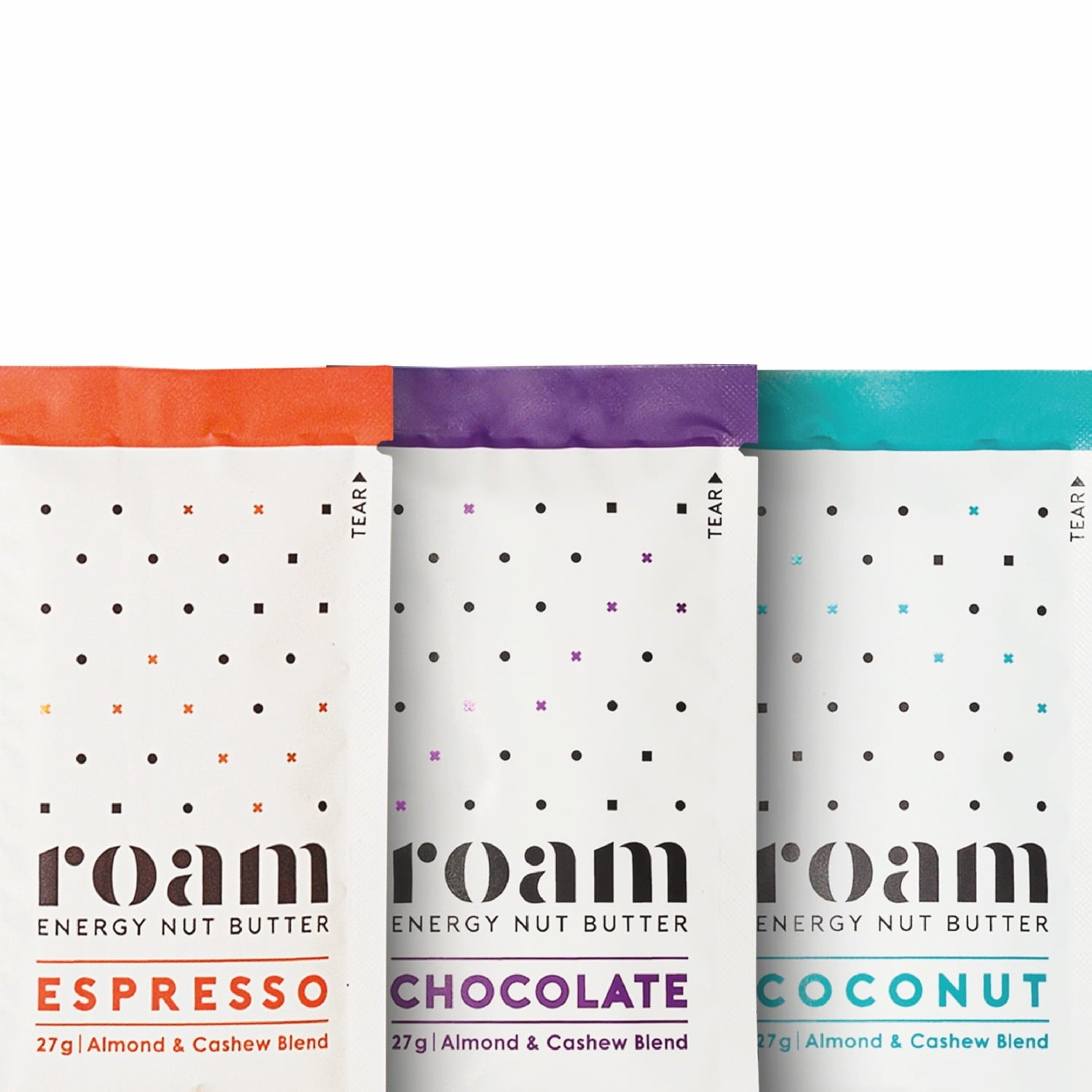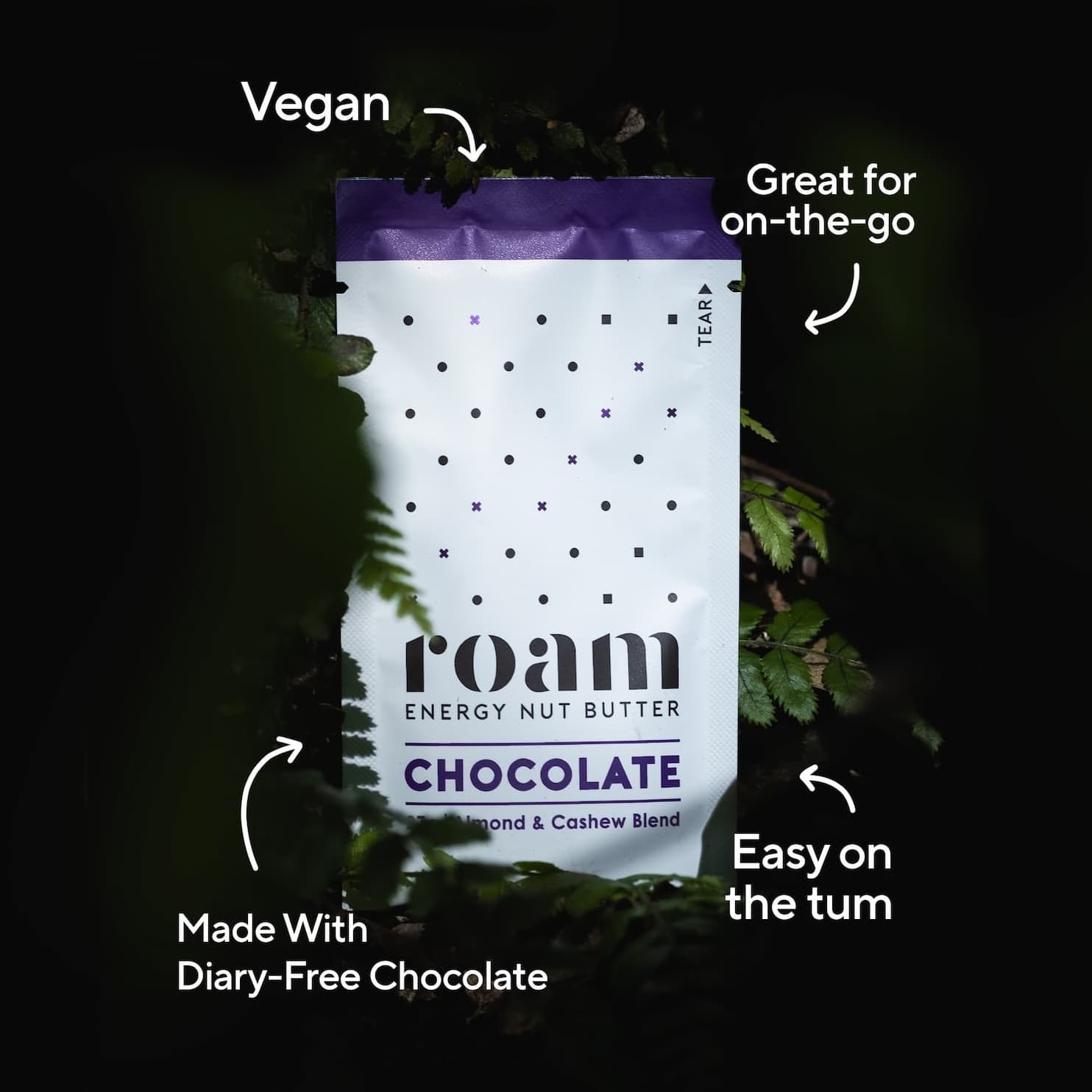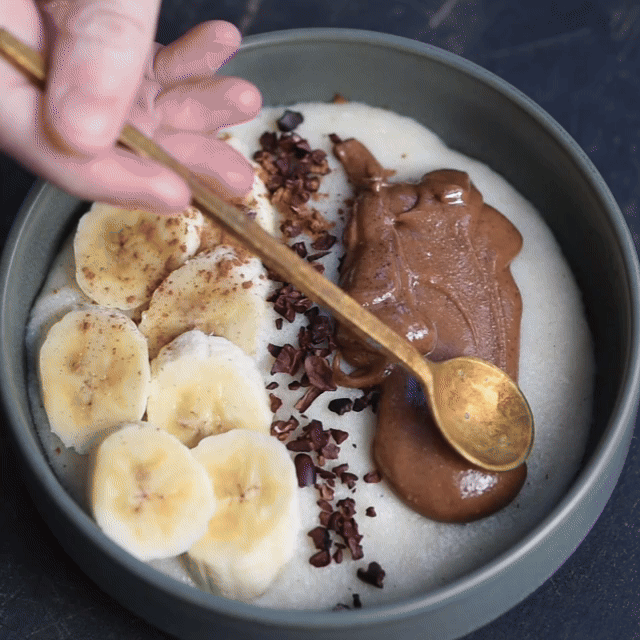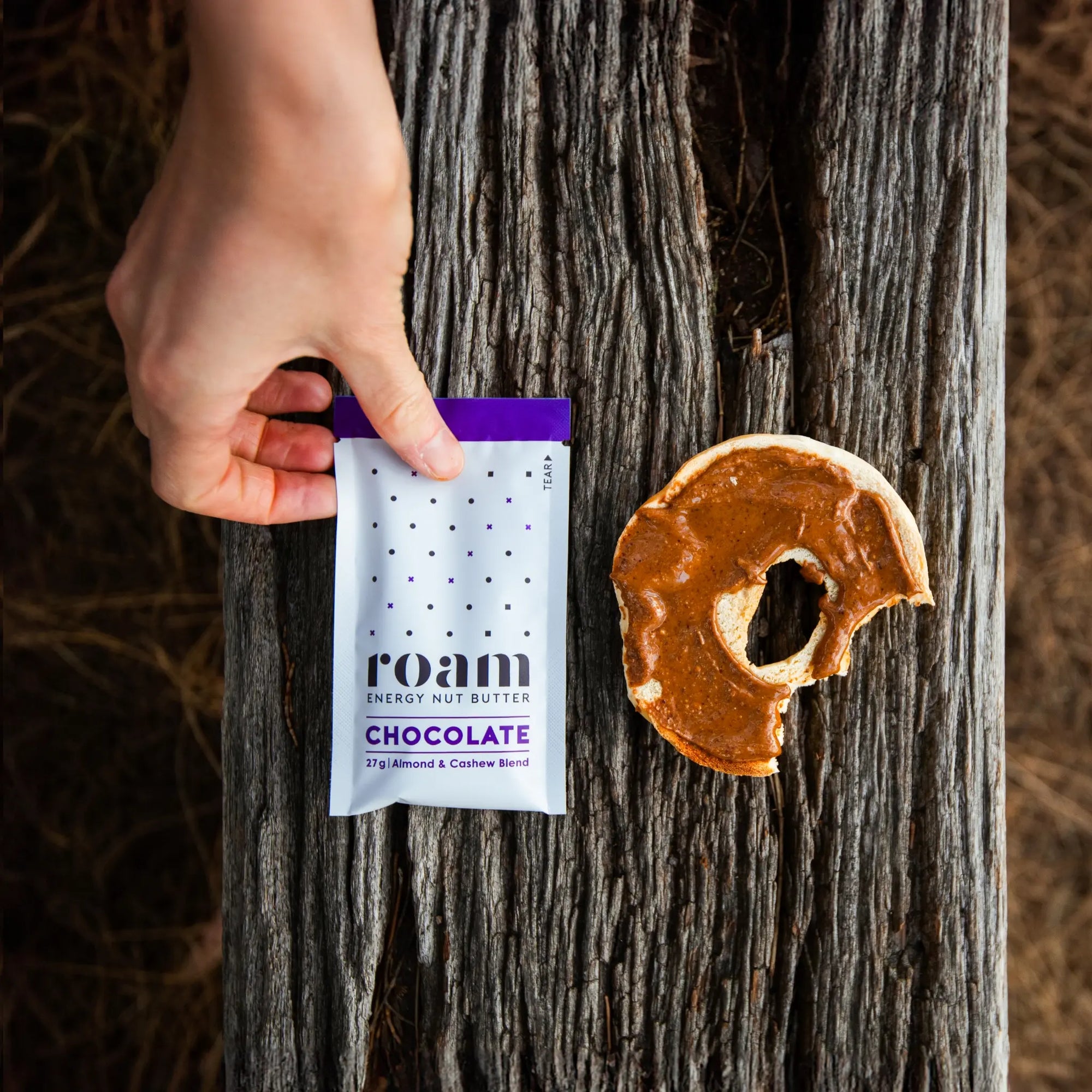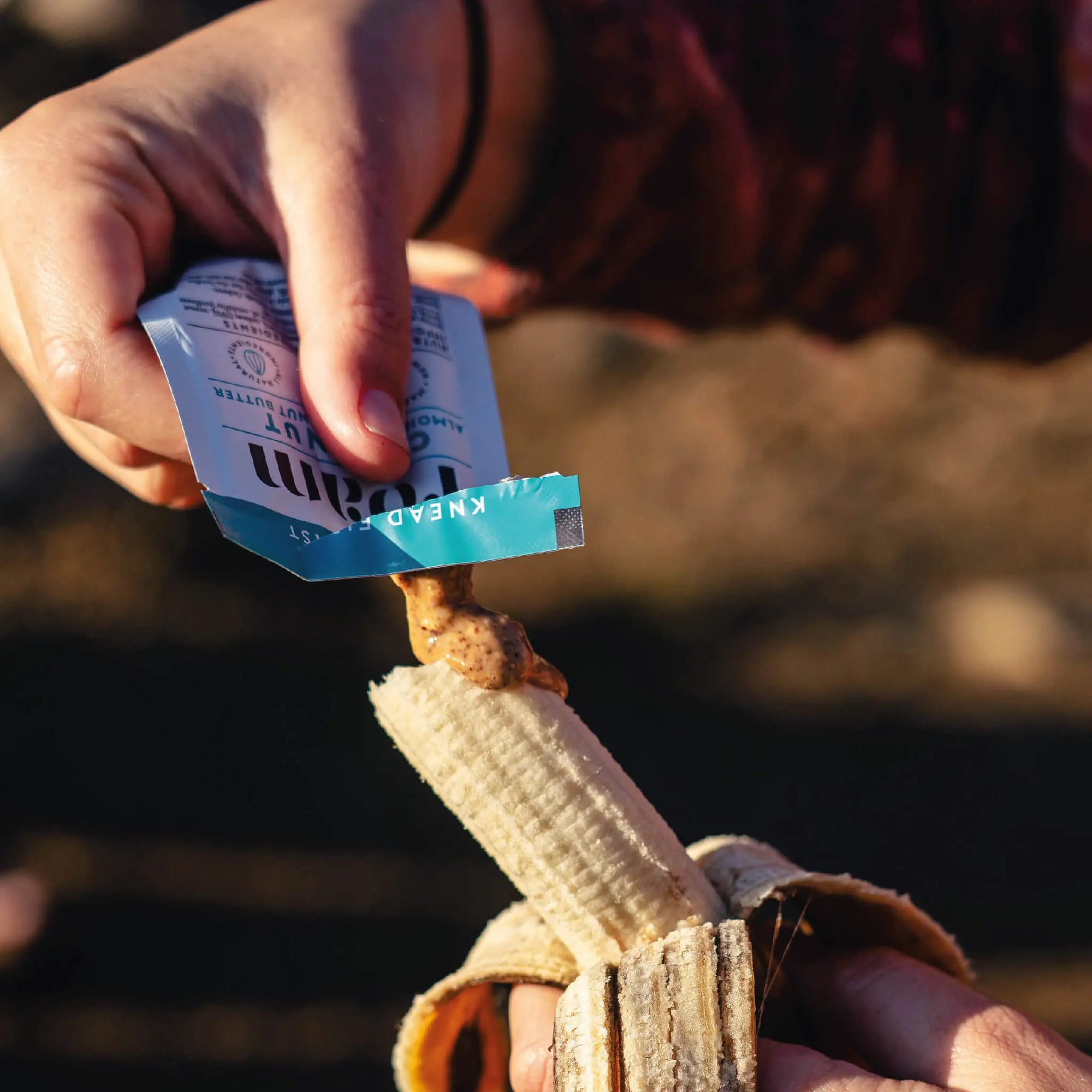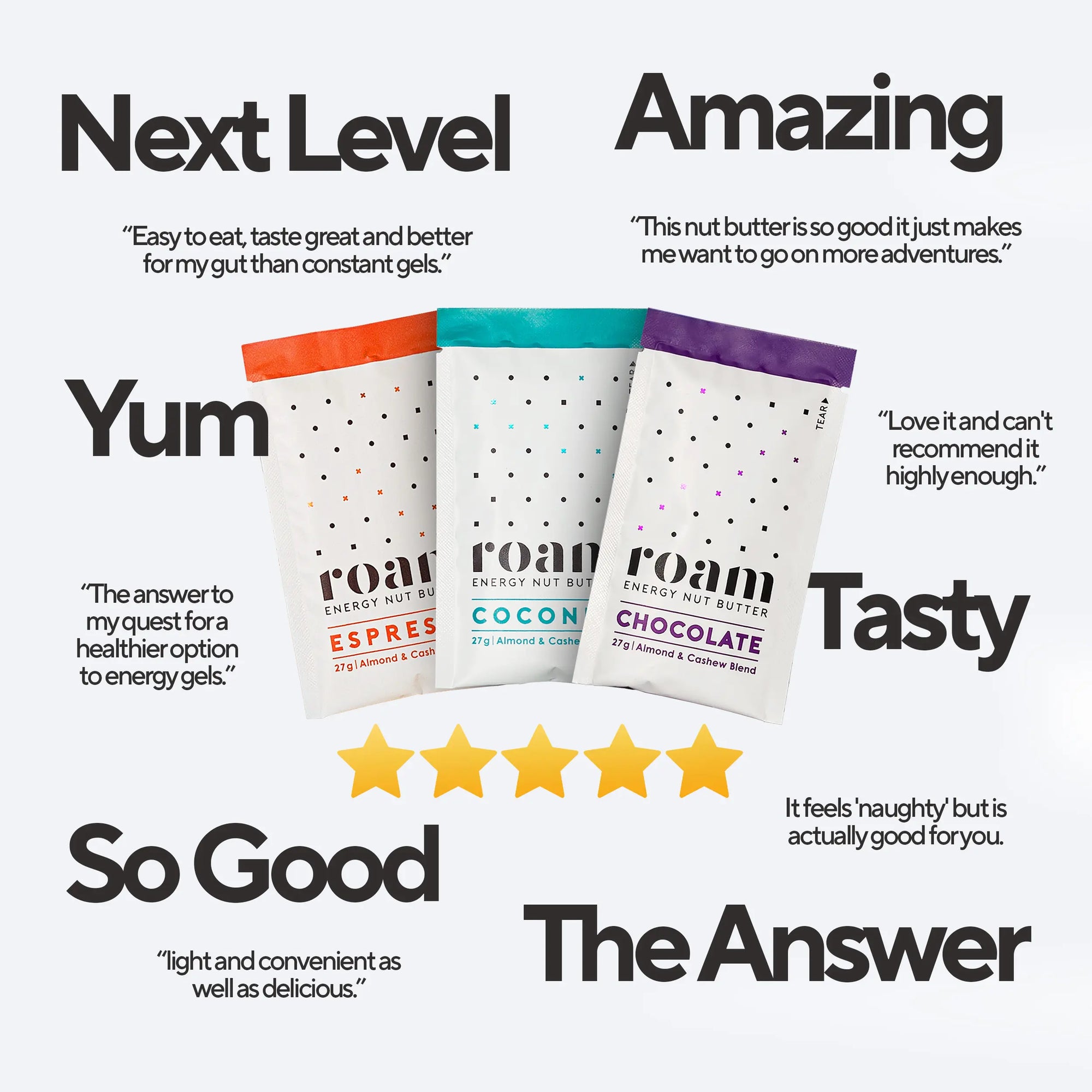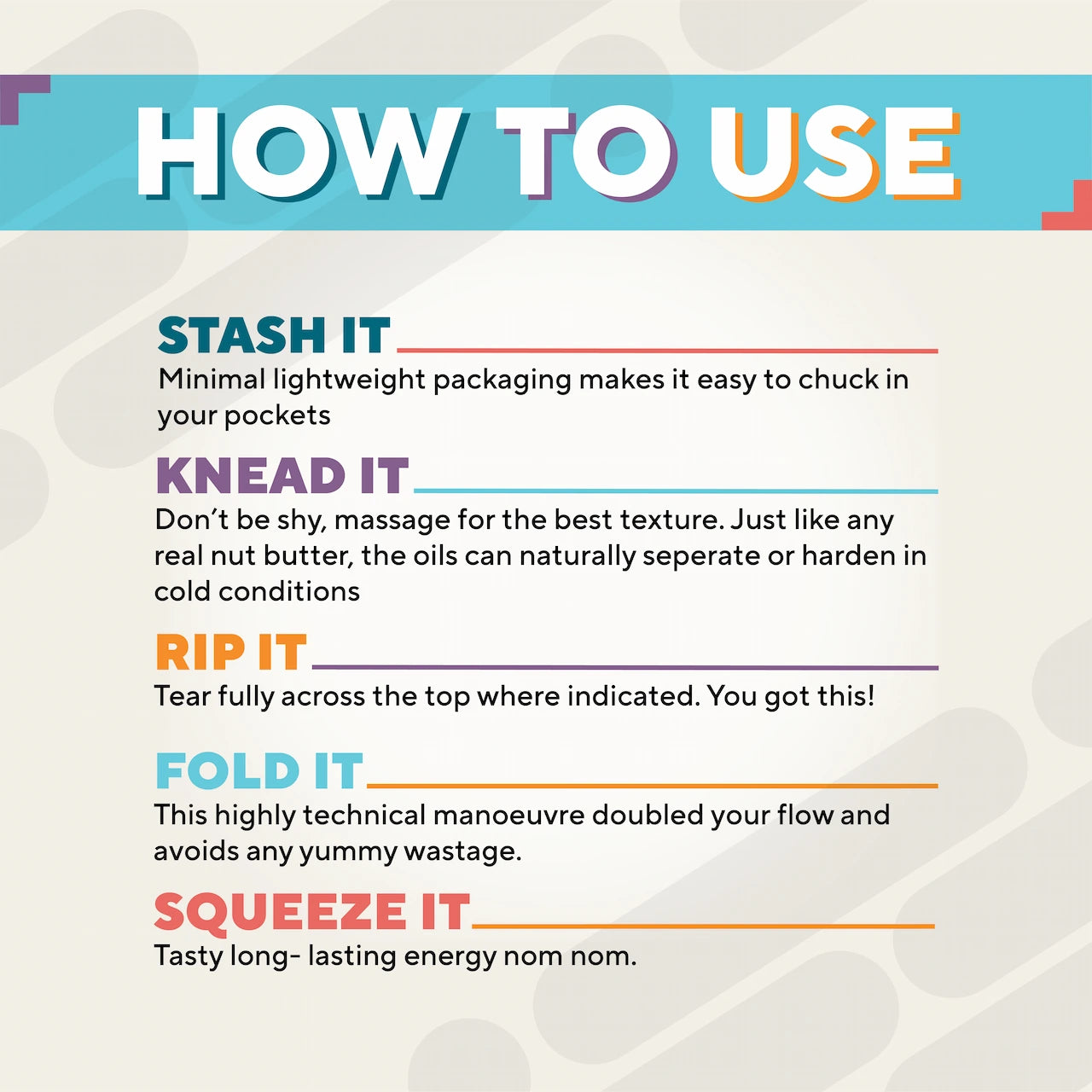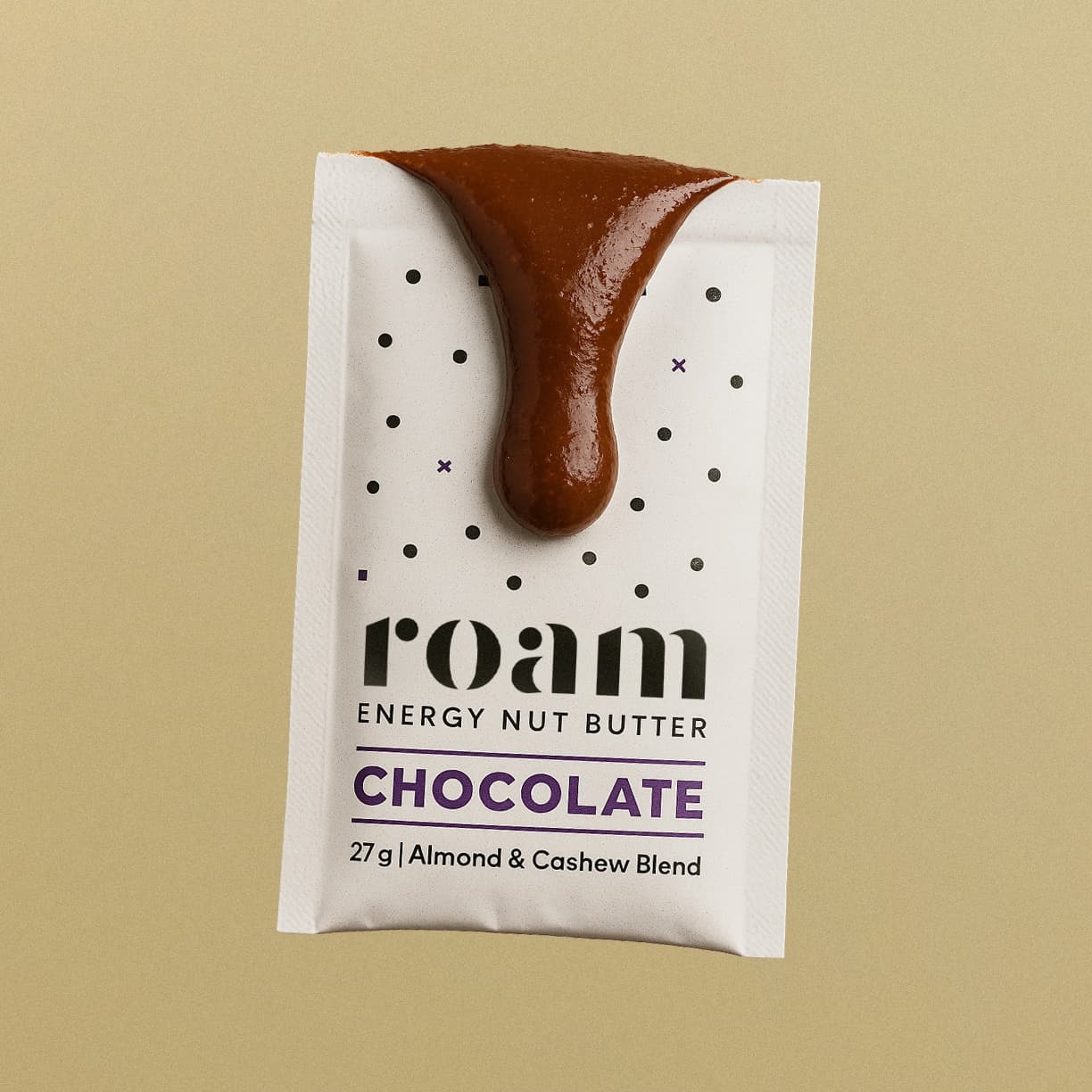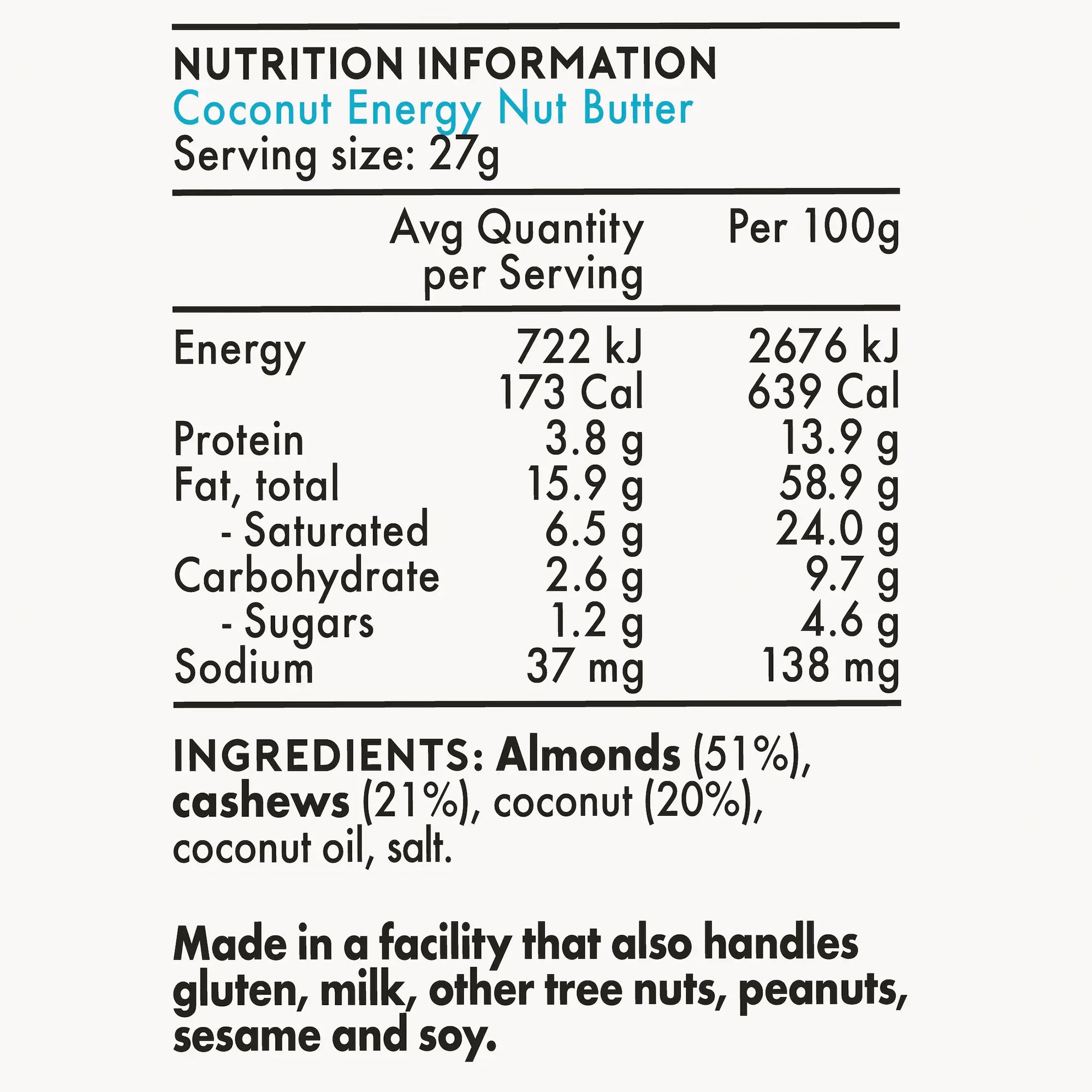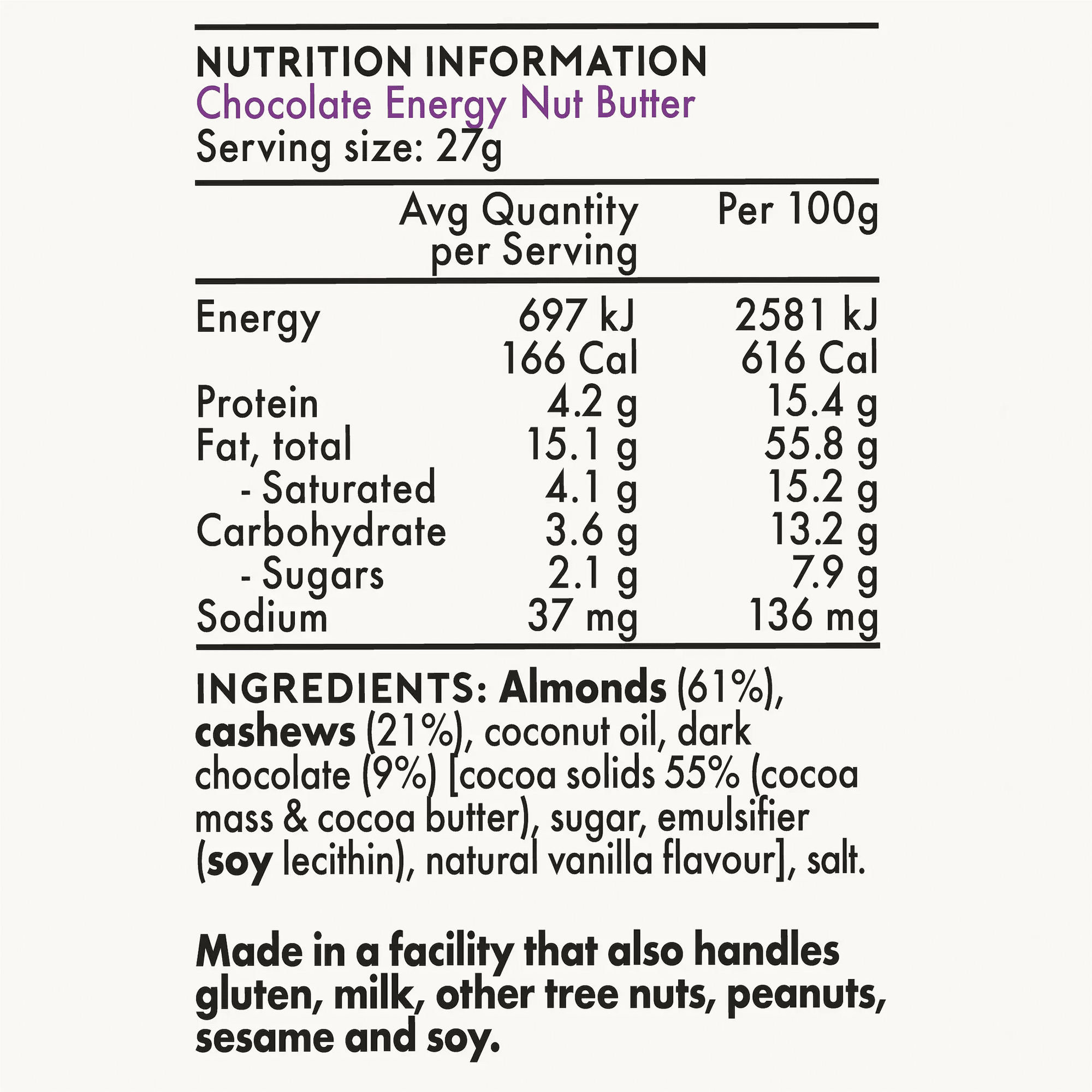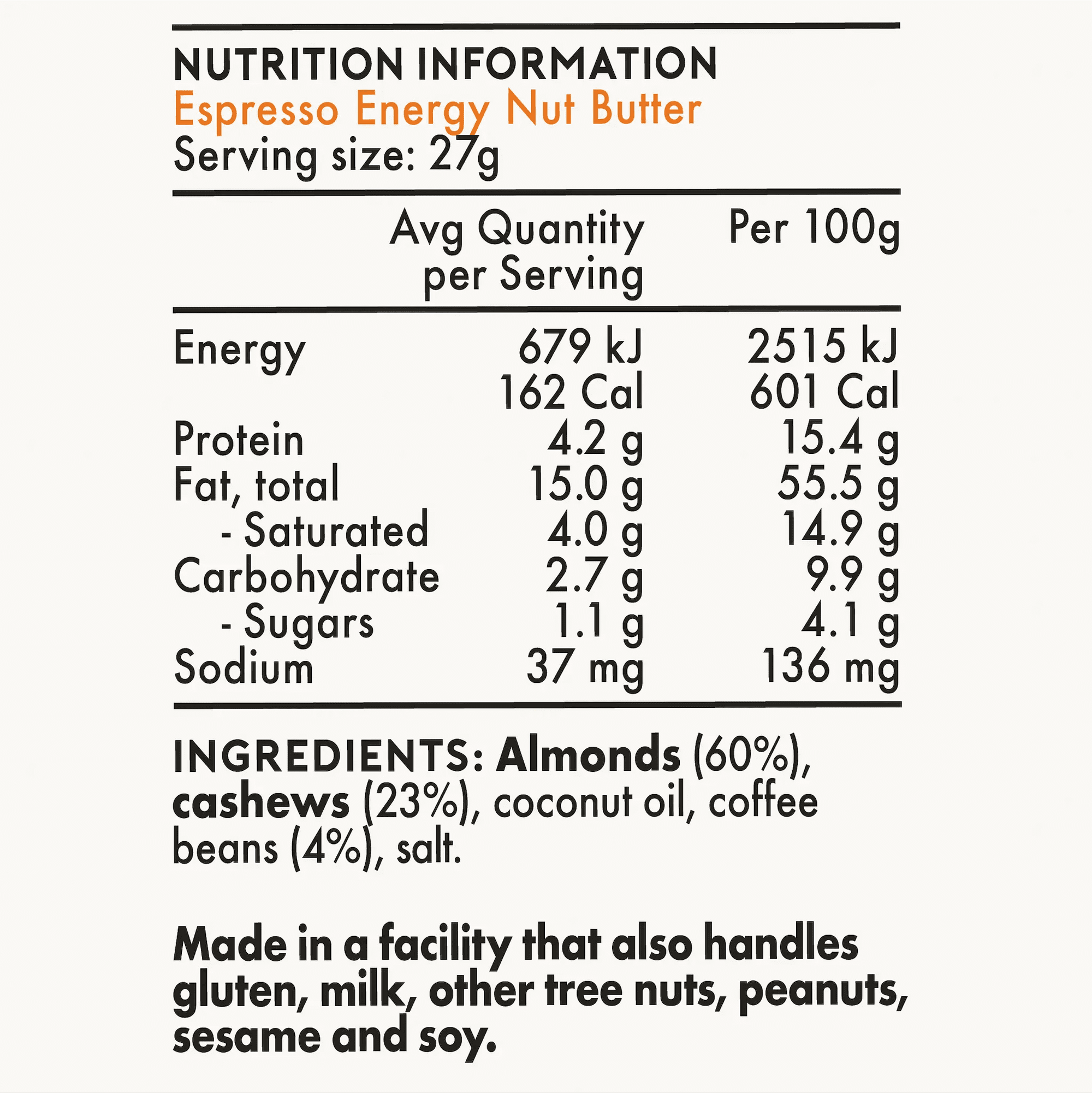Coffee with Andrius: Episode 2
Gastrointestinal issues and gut training
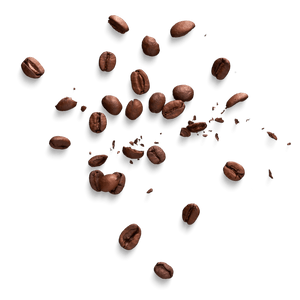
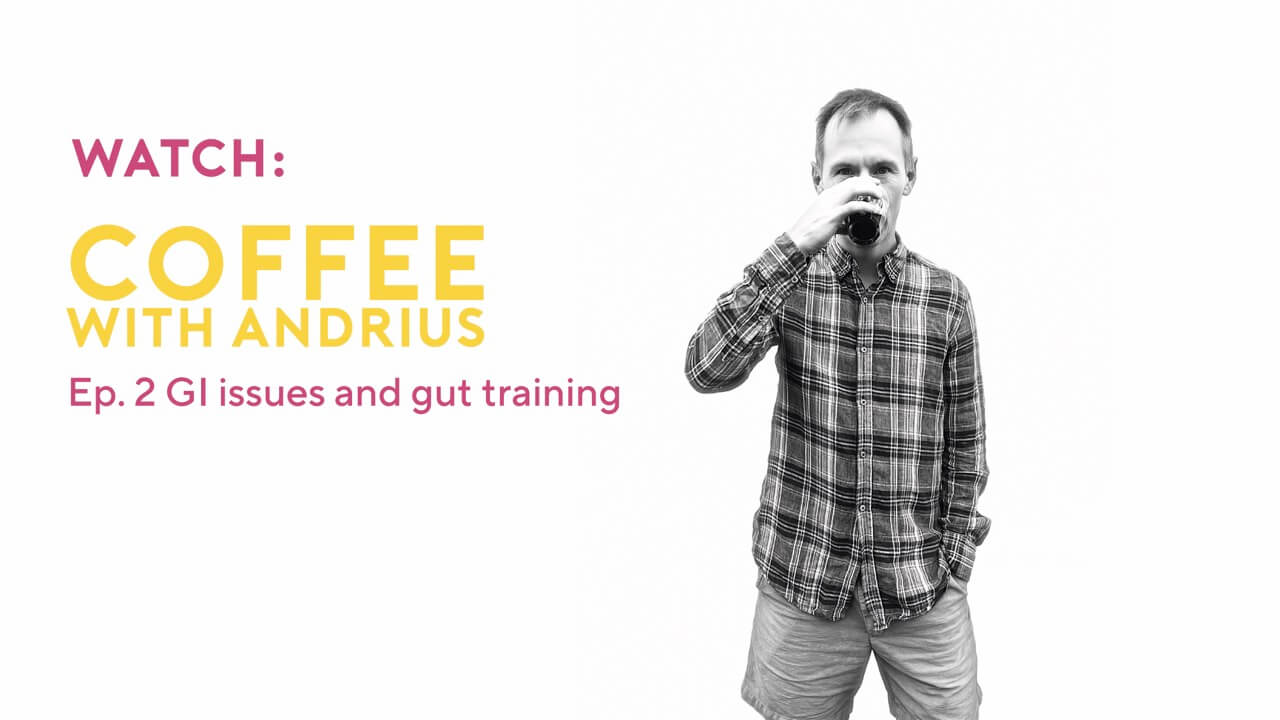
Gastrointestinal issues and gut training
Gastrointestinal (GI) problems affect many athletes in endurance events, and it's a major cause of DNFs in races.
You may be surprised that GI distress manifests in many different ways. For starters, we can split the GI tract into two sections: upper and lower.
The upper GI tract includes the mouth, oesophagus, stomach and the first part of the small intestine - the duodenum. Upper GI symptoms can include stomach pain and/or cramps, heart burn, regurgitation, and burping.
The lower GI tract includes the rest of the small intestine, the large intestine, right until, well ... the end.
Lower GI symptoms could be abdominal pain, bloating, or diarrhoea. Further related symptoms such as dizziness, nausea, and an inability to keep down food can make a race a nightmarish experience.
There are many factors that exacerbate GI issues. Some are extrinsic to you - such as the type of exercise (the running motion can be more upsetting than cycling, for example), the climate, and the intensity and duration of your exercise.
Medicines like aspirin and ibuprofen can damage the gut lining. And of course, various foods can upset your stomach too.
Then there are intrinsic aspects: your current fitness, whether you've had a recent gastrointestinal infection, or you have an inflammatory disorder or disease of the digestive tract.
When we exercise, our digestive tract is put under a stress of sorts. First, blood flow to the abdomen is reduce, because your muscles are competing for blood and oxygen. Your body also releases stress hormones which reduce the wave-like motion in your small intestine. That is, your digestion slows.
Over the duration of prolonged exercise, this will cause an injury to your gut inner lining and will impact your body's ability to digest and absorb nutrients. This leads to all the symptoms we talked about earlier like stomach or abdominal pain, bloating, and so on.
The good news is that it's possible to 'train your gut' to reduce GI issues and improve the absorption and delivery of nutrients to your muscles.
Gut Training Advice
Happy training!
- On sessions >1 hour, experiment with a variety of liquid and solid foods. For long endurance events you will likely need a mixture of carbohydrates, protein, and fat.
- After long sessions, you will likely be dehydrated and your guts stressed out. Be gentle with what you consume after training. Rehydrate and nourish yourself with wholesome foods – like Roam Energy Nut Butter with a banana!
- Use this time to improve your gut’s absorption of nutrients, especially sweet things.
- Organise your fuel by looking at the carbohydrates you need to consume per hour. Start from a lower amount and increase it gradually each session (e.g. 30 g per hour for one session, then 40 g per hour, then 50 g per hour). Note that most people start to find it difficult to take on more than 50 to 60 grams of carbs per hour.
- Experiment with different types and concentrations of carbohydrates.
- It is best to favour FODMAP and low fibre foods during this period.
- Practice using any other products that you intend to use during the race, e.g. salt tablets, caffeine, or foods that are high in fat and protein. Pack Roam ENB for when you are sick of the sugary drinks and gels.
- Pay attention to hydration. If you are washing down energy gels with a hydration drink with calories, it’s probably not going to be the best time for your guts! Water is good for washing down gels and solid foods.
- Remember with ‘gut training’, we are not only training your guts to absorb nutrients better, but also tolerate high volumes and types of foods.
- It sounds simple, but hydration is paramount. People tend to under consume water, and it is super important for maintaining proper gut function.
- Avoid any exotic foods the day before the event.
- Plan ahead by thinking about the weather. On hot days, the challenge is to stay on top of hydration. On a cold day the challenge is to remind yourself that you need to hydrate!
- You’ve practiced your nutrition, so make sure you have a plan and you stick to it!
Other resources
We're here to help you on your sports nutrition journey.
For more tips on Nutrition and Recipes, check out the dedicated corner of our Journal here.
Read more on recent research into the area of gut training.
And if you're planning your nutrition for a long endurance sports event, this is a must read.

